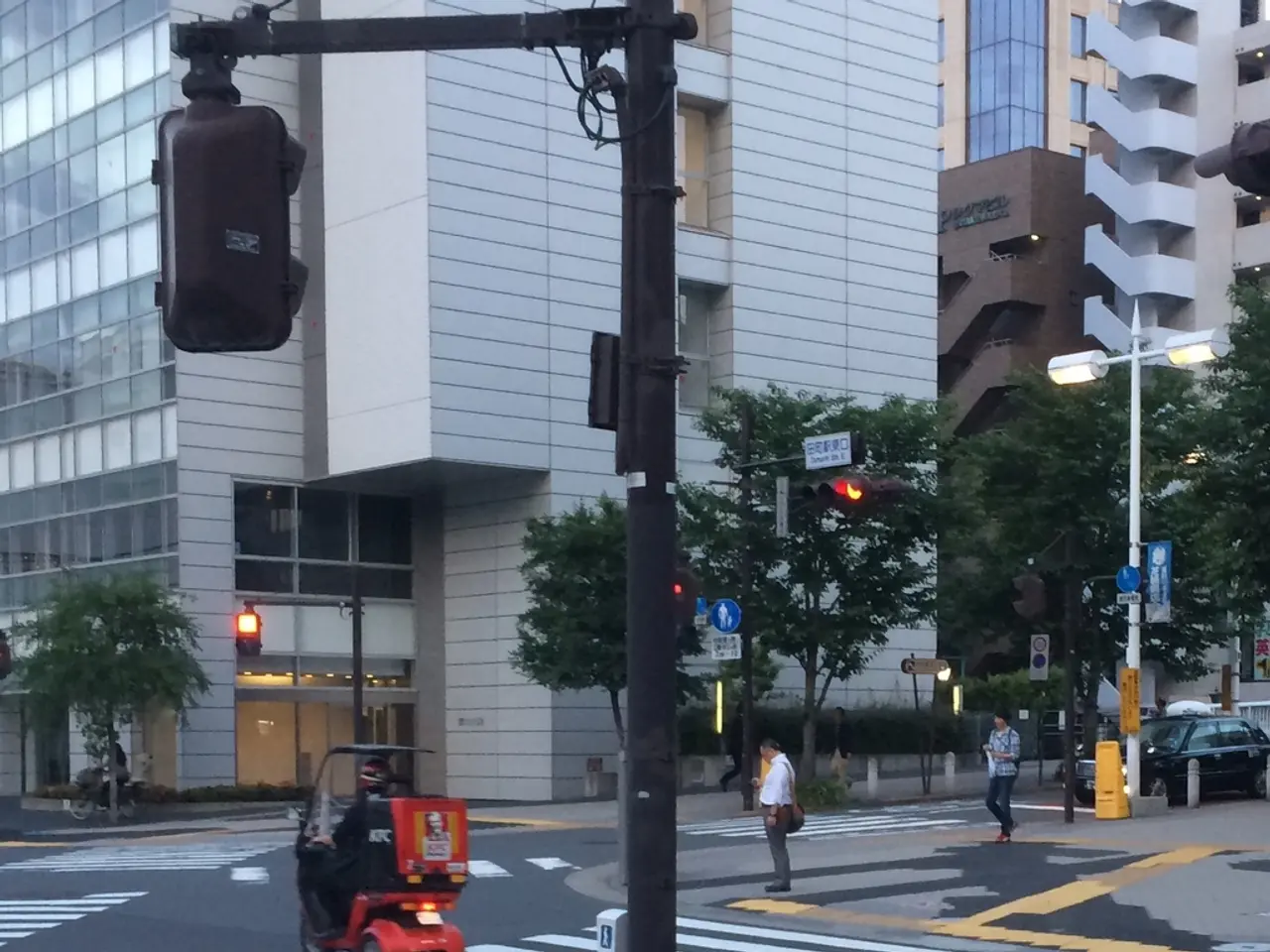Adjusting road safety requires behavioral modifications and legal transformations, as stated by Pradeep S. Mehta.
India is taking bold steps to address its alarming road safety crisis, with the Ministry of Road Transport and Highways (MoRTH) leading a four-pronged approach known as the 4E strategy: Education, Engineering, Enforcement, and Emergency Care. This initiative aims to reduce high-risk driving behaviors and improve road safety nationwide.
Education plays a crucial role in this strategy. Public awareness campaigns, driver training programs, and professional education initiatives are being implemented across schools, colleges, and the general populace to foster responsible driving behavior and adherence to traffic rules.
Engineering considerations are being incorporated into highway planning, design, construction, and maintenance to reduce accident risks.
Enforcement is being strengthened through stricter enforcement of traffic laws, enhanced legal frameworks, and technology-driven solutions such as Intelligent Transportation Systems (ITS) for real-time traffic monitoring and predictive analytics.
Emergency Response is also a key focus, with efforts to strengthen medical emergency systems to provide timely care, particularly during the critical "Golden Hour" after accidents.
In addition to these key elements, India is also implementing gender-responsive approaches, capacity building in specialized driving skills, and integrating road safety into urban planning, education, and health systems.
Notable initiatives include the Punjab Police’s collaboration with Hartek Foundation to promote safer and more inclusive mobility, improved visibility of traffic officials, and increased female participation in traffic safety roles. Organizations like the Logistics Sector Skill Council are enhancing defensive driving skills and safe hazardous goods transport, contributing to overall road safety improvements.
India's roads account for nearly 10% of global road fatalities, despite having just over 1% of the world's vehicles. Over-speeding accounts for 67.3% of all road accident deaths and 71.2% of total crashes. Legal experts point out that provisions like Section 281 of the Bharatiya Nyaya Sanhita (BNS) are too lenient to deter dangerous driving.
Successful community participation in promoting road safety can be seen in India's Student Police Cadet (SPC) programme in Kerala. The SPC programme instills discipline, civic values, and road safety awareness in adolescents, shaping a new generation of responsible road users. Studies show improved helmet use and pedestrian behavior among SPC cadets and their families.
Regions like Rajasthan and Tamil Nadu are making significant strides in reducing road deaths. Rajasthan aims to halve road deaths by 2030 through highway safety audits, Good Samaritan incentives, and behavioral interventions. Tamil Nadu has reported a 15% drop in road deaths due to black spot rectification, automated enforcement, and sustained public campaigns.
However, speed management is not just a technical issue, it is a governance challenge that requires legal clarity, behavioral change, and community-led enforcement. CUTS International calls for all key actors to unite behind an evidence-based road safety strategy, including enforcing critical provisions of the MVA, reviewing lenient provisions like in the BNS, scaling up community outreach programmes, investing in digital enforcement, and integrating road safety into urban planning, education, and health systems.
Inspiring examples of effective speed management can be found in Bogotá, Colombia's citywide speed management programme. Traffic deaths fell by 11% and 26% on roads with 50 kmph limits within two years due to a combination of enforcement, public messaging, safer street design, and strict speed limits.
For vulnerable road users, the danger is even more pronounced. A pedestrian hit at 65 kmph is four times more likely to die than one struck at 50 kmph. The Karnataka high court has urged stronger laws to curb reckless behavior like wheelies, especially among young riders. Karnataka's radar-enabled speed cameras, Delhi's digital speed signs, and Kerala's adoption of AI-based enforcement have improved compliance.
In conclusion, India's multi-pronged efforts reflect a strategic use of policy, technology, collaboration with civil society, and sector-specific training to systematically reduce high-risk driving behaviors and enhance road safety nationwide.
Science can play a significant role in analyzing data from traffic accidents and studying road safety issues to suggest more effective interventions and solutions for reducing road fatalities. Health-and-wellness initiatives can also be integrated into road safety programs, such as promoting fitness-and-exercise activities for drivers to reduce stress and improve focus while driving. For instance, regular physical activities can help drivers maintain a healthy lifestyle and lower the risk of health problems that may potentially impair their driving ability.




